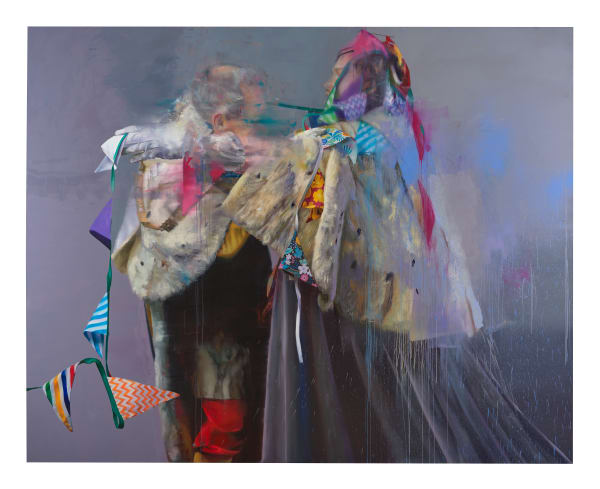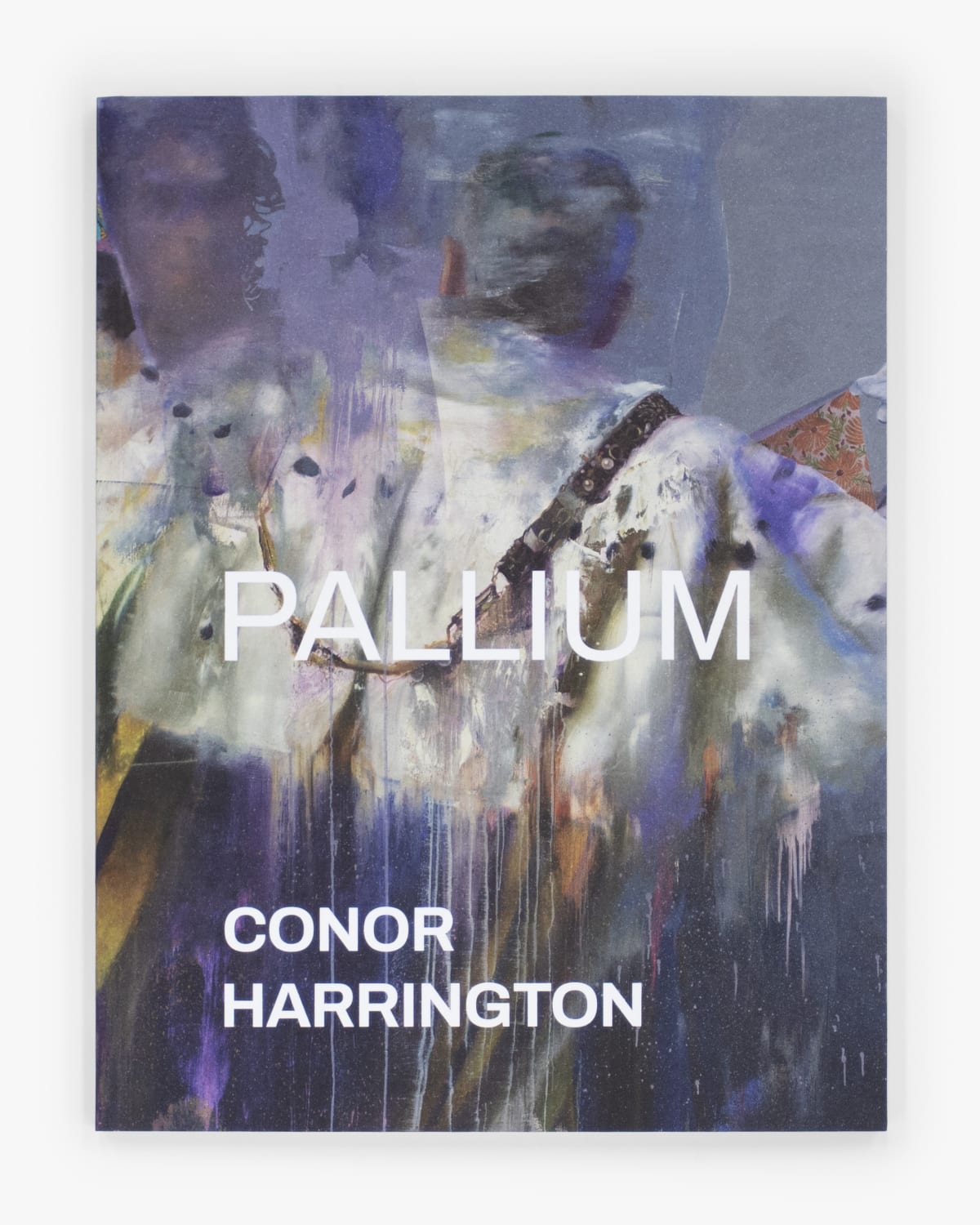Conor Harrington: Pallium
Current exhibition
概覽
Ben Brown Fine Arts is delighted to announce Pallium, an exhibition of new paintings by Conor Harrington, marking the first presentation of work by the acclaimed London-based Irish artist with the gallery.
Harrington’s paintings interrogate the legacies of colonialism, empire, and the masculinist ideals that underpin them – archaic systems of power that continue to shadow contemporary life. Drawing upon the conventions of history painting and the visual rhetoric of the eighteenth century, he reworks their languages of costume and symbol to expose the mechanisms through which authority was staged and sanctified. In his hands, these emblems of power are rendered as hollow vestiges, garments that outlive the bodies and beliefs they once adorned, emptied of conviction yet still haunting the present.
Reimagining classical history painting through a critical engagement with Britishness from an Irish perspective, Harrington’s work is deeply informed by his own identity and his experience of life and politics in Britain. The artist was inspired by historical re-enactments he observed in Bristol where participants don period costume to restage scenes from the past. He saw in these performances a potent metaphor for the way outdated systems of power are maintained today.
Two recurring motifs – bunting and ermine – cloak the shadowy protagonists of this series. Bunting, once a naval signal and now a token of festivity, functions as a hollow signifier of unity. Where national flags proclaim allegiance, bunting gestures only towards generic celebration. Its physical lightness and ephemerality become, in Harrington’s hands, emblems of the fragility and vacuity of such symbols. By contrast, ermine cloaks – ceremonial garments historically reserved for European monarchs and long associated with purity and prestige – carry the heavy residue of inherited authority. Their opulent weight bears down upon the figures, offering a visual counterpoint to the insubstantiality of the bunting. The tension between these two materials crystallises Harrington’s critique of power as theatre – a spectacle in which the rituals of grandeur persist, even as their ideological substance has long since disintegrated
Pallium – from the Latin for “cloak” – refers both to the garments that drape Harrington’s figures and to the region of the brain associated with memory. The title encapsulates the artist’s wider enquiry into pageantry, power, and the ways history is constructed and sustained. Rather than depicting history, Harrington dissects the rituals through which it is performed, remembered, and mythologised – revealing authority itself as a costume repeatedly donned to preserve the illusion of continuity.
With Pallium, Harrington turns history painting inside out – exposing its seams, unpicking its myths, and holding the remnants to the light in a reckoning with the narratives that continue to shape us. His paintings refuse to glorify the past, instead questioning the stories we persist in telling about it. They offer not resolution but a space in which the performance of power can be seen for what it is. Yet beneath the pageantry, Harrington searches for the moment when the mask slips, the performance falters, and we are left to decide what might take its place.
作品
展覽現場
出版物
新聞
視頻








